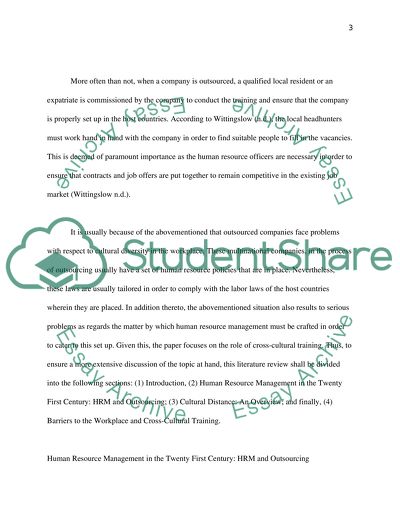Cite this document
(“Cross-cultural Training Essay Example | Topics and Well Written Essays - 3250 words”, n.d.)
Retrieved from https://studentshare.org/culture/1415936-cross-cultural-training
Retrieved from https://studentshare.org/culture/1415936-cross-cultural-training
(Cross-Cultural Training Essay Example | Topics and Well Written Essays - 3250 Words)
https://studentshare.org/culture/1415936-cross-cultural-training.
https://studentshare.org/culture/1415936-cross-cultural-training.
“Cross-Cultural Training Essay Example | Topics and Well Written Essays - 3250 Words”, n.d. https://studentshare.org/culture/1415936-cross-cultural-training.


